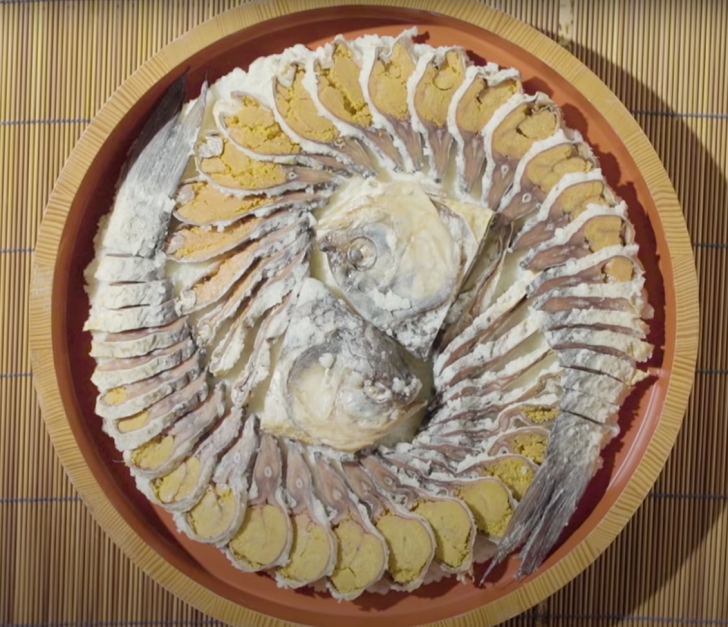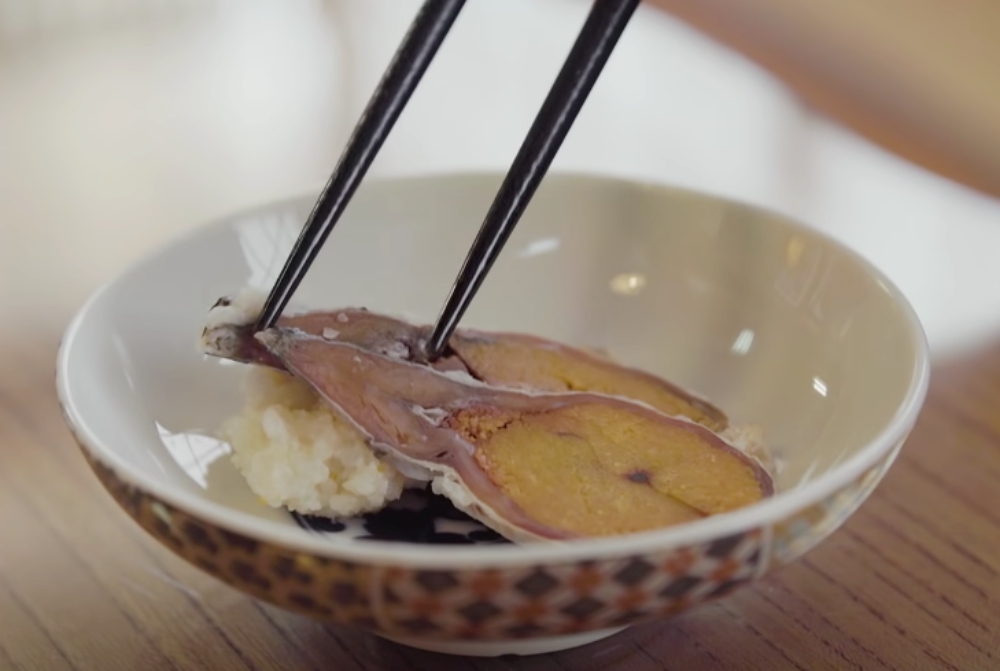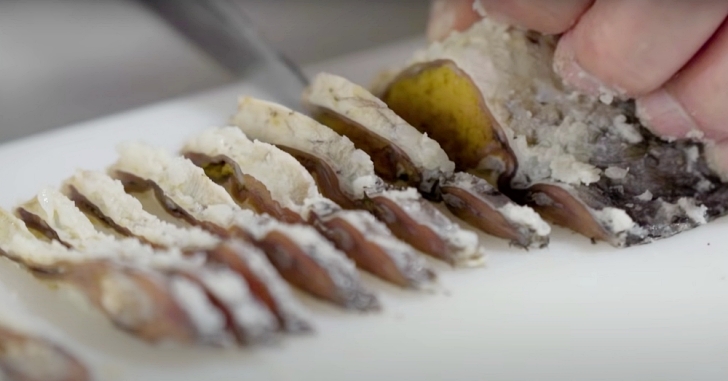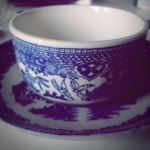The Kitamura family has been making the original sushi for the past 18 generations. Mariko Kitamura describes the salt-cured fish as like a seafood version of prosciutto. Along with her husband, Atsushi, they use a family recipe for this type of aged fish that is the predecessor of all sushi today. But, rather than seaweed rolls filled rice and crab meat or fresh slices of raw salmon, the whole fish of narezushi sits for 3 years before being served.

While some people describe it as stinky, others liken it to caviar since the flavors of the salt and the seafood blend together like preserved roe.
There are 2 types of sushi: naya-nare (which is what most people today know) and hon-nare, the fermented kind. Narezushi is local to Shiga Prefecture where the female carp (with roe) are caught in Lake Biwa to make a particular type of narezushi called funazushi, sometimes served on a bed of sake lees (a byproduct of making sake).
To make this aged fish there are a lot of steps. With extreme knife dexterity the scales of the fresh fish are scraped off and then the gills and internal organs are removed from the fish through the mouth- without even cutting it open. The blood is also drained at this stage.

Then the fish are packed with salt, rubbed with salt on the outside, and then stacked in barrels. They are weighted down using a wooden platform and a stone that weighs more than 60 pounds and left to age for 2 years. Then the fish are dried in the sun for one day before being placed into a vat of rice to ferment for another year.
When they’re ready the fish are served sliced through, often on a bed of rice. Unlike modern sushi which includes ocean seafood, narezushi uses only freshwater fish. The tradition of curing fish like this is believed to have arrived from China around the 8th century. From there the cuisine evolved and the Kitamura’s ancestor opened the narezushi shop, Kitashina, in 1619 in Takashima City, where the family still works making this ancient cuisine to this day.

See exactly how its made and why the family keep the tradition going in the video below.













